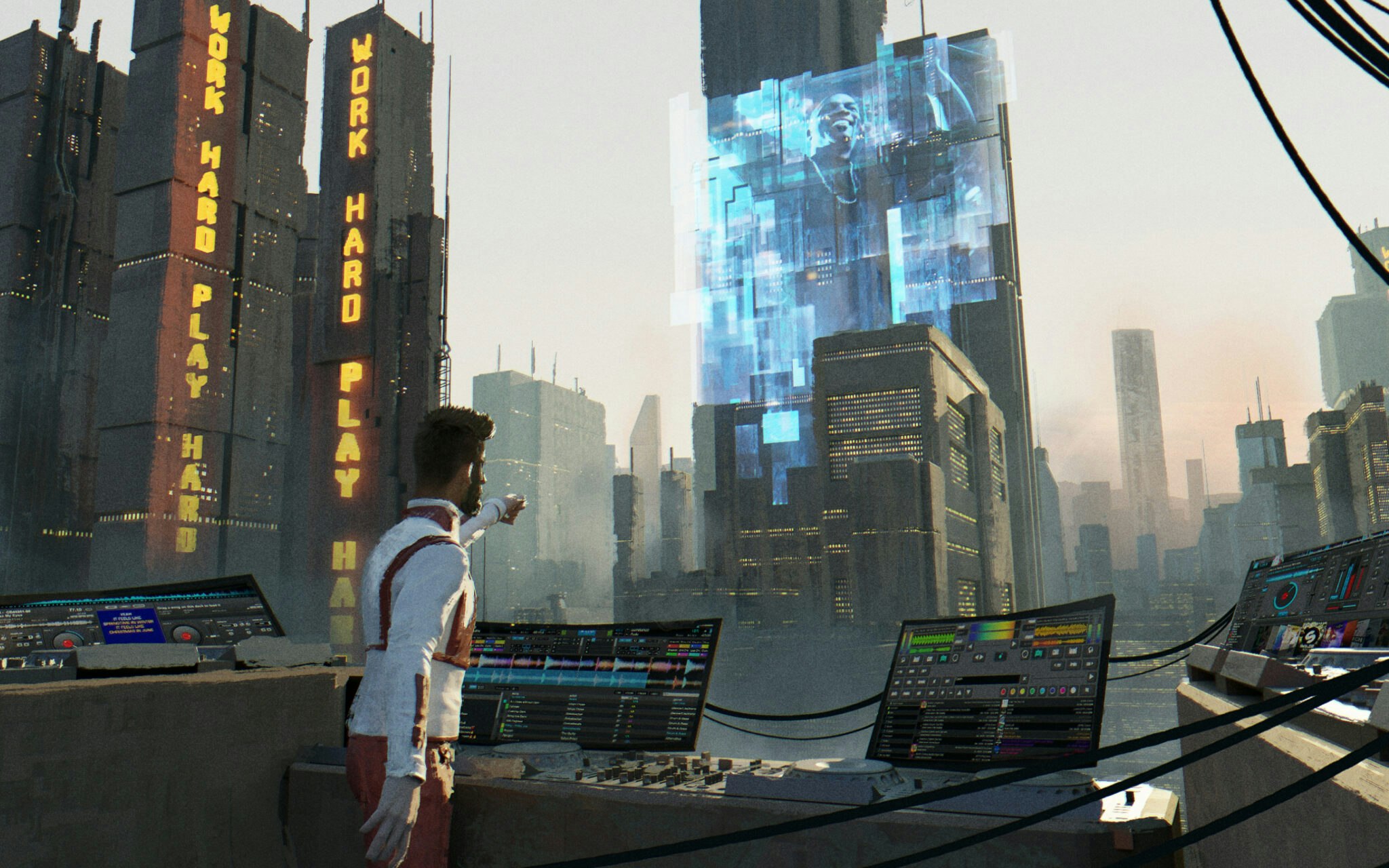As the pandemic forced vast swathes of the workforce to work from home, millions of people had to experience their whole work life through a computer screen. But some new platforms sprung up trying to replicate the office in digital form. They’ve even raised tens of millions from VCs.
In these 2D virtual worlds, your digital avatar walks around an imaginary office space, going from fake room to fake room. Along the way, you might find other avatars (your colleagues) "working".
Is this a fun break from the monotony of Zoom? Absolutely not. The "virtual office" is a big step backwards because it combines the worst things about digital working and in-office working.
The skeuomorphic design dilemma
The use of digital design characteristics that mimic the original is nothing new. Skeuomorphic design, as it’s known, is intended to make something that’s new feel familiar, in an effort to reduce cognitive dissonance. A great example: when Apple launched the iPhone in 2007, the Notes app looked like yellow legal notepaper from the 1970s, while its iBooks app (as it was called then) took the form of an old-school wooden bookshelf. Digital interfaces looked like their analogue counterparts.
By 2013, with the launch of iOS7, Apple announced it would stop designing its mobile apps to resemble the look of real world objects. The skeuomorphic design had done its job, and everyone was now comfortable using the iPhone. Product designers realised making digital tools look like analogue ones was ultimately a regressive approach. They focused instead on building user interfaces that were optimised for the digital world.
But this isn’t just about what something looks like. The real problems arise when the solution itself is skeuomorphic, as with the virtual office. This is because it introduces unnecessary limits for what is possible. These solutions forget that the constraints of the physical world, such as space, cognitive restrictions, social considerations and interaction limitations, no longer exist in the digital world. In other words, if space is limitless in the digital world, why do you need a virtual desk of a certain size?
Tinder as the gold standard
Tinder is the gold standard for how to build a digitally native product solution, one that didn’t try and look like something in the real world to the detriment of user experience.
A simple thought exercise shows just how well-designed Tinder is. Imagine a skeuomorphic Tinder. It would have involved some kind of avatar walking around a virtual space in which you could go and "chat" to people and ask them about their interests. It would have been wildly inefficient and ultimately frustrating, combining the worst elements of physical and digital. It would lack the joy of being physically present in the same space but would still have most of the same space limitations.
That’s exactly the same problem we have with the virtual office. It retains the worst things about digital working — you are always online and reachable — but still necessitates that you “walk up to your coworkers” to talk to them.
The myth of watercooler moments
Proponents of the virtual office might argue that it facilitates spontaneous interaction — "watercooler moments", as they are known. These chance encounters are said to increase collaboration and innovation. But this is a myth.
There is no evidence to suggest watercooler moments lead to greater innovation and ideation. On the contrary, studies have shown that open-plan offices designed to encourage these moments actually reduced interactions between people by roughly 70%.
Even when those interactions do take place in the virtual office, they are still reliant on proximity, as they were in real life. This means you tend to have conversations with the same people over and over. In this context, it’s faintly ridiculous that any company would blindly pin its creative hopes on serendipitous encounters.
Moments of creativity happen when different experiences and perspectives collide, but the modern work environment also makes this difficult, with nearly two-thirds of people (62%) saying they have missed chances to collaborate. That’s why structure is crucial to create the conditions for creative nodes to connect, with intentional cross-pollination of projects, problems and goals.
Equally, there is lots of research to suggest that our best ideas come when we’re not trying, perhaps while walking through the park or cooking. If work demands your attention all the time, that is detrimental to the creative process.
Rather than replicating an already flawed system full of constraints, we should follow Tinder’s lead and reinvent the workplace for the digital era from first principles. The office of the future breaks the constraints of time and space. You shouldn’t have to be in the boardroom physically or digitally to contribute your ideas to a new company project. Transparency and accessibility are key here — the opposite of artificial silos — and this is a battleground where companies are helping their talent thrive, or losing them.


